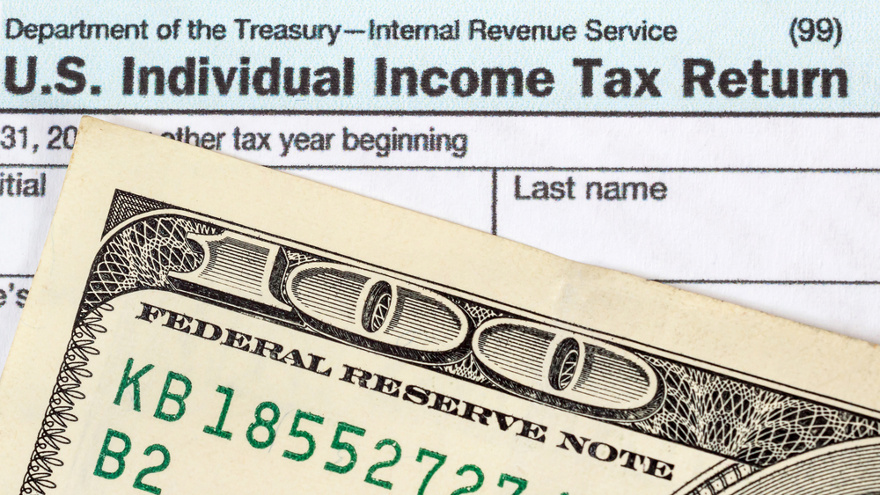Fitch: Subprime ABS performance suffers from soft tax-refund bounce back

By subscribing, you agree to receive communications from Auto Remarketing and our partners in accordance with our Privacy Policy. We may share your information with select partners and sponsors who may contact you about their products and services. You may unsubscribe at any time.
Fitch Ratings offered some sullen — and perhaps not surprising to some executives — metrics and observations about U.S. subprime auto ABS performance.
Analysts reported on Thursday that performance continues to weaken, with delinquencies and losses trending higher and recovery rates falling.
“Delinquency and net loss metrics typically improve between January and April as borrowers use tax refunds to cure loan delinquencies,” Fitch said in a news release. “However, the seasonal boost this year has not been as strong as in previous years due to continued economic pressures on borrowers and greater outstanding ABS balances from weaker performing vintages and lenders with weaker collateral.”
Fitch backed up its assertions about how muted seasonal improvement in recoveries and losses were with these figures.
Analysts explained the 1.58% decline in the annualized net losses to 7.90% in April from 9.48% in February was smaller than the nine-year average decline of 1.98%.
Furthermore, Fitch indicated the improvement in recoveries over the same timeframe to 43.03% from 35.82% is much smaller at 7.22%, compared with the 12% average, leaving the 2024 recovery rates at their lowest in the past eight years, with the exception of 2020.
Subscribe to Auto Remarketing to stay informed and stay ahead.
By subscribing, you agree to receive communications from Auto Remarketing and our partners in accordance with our Privacy Policy. We may share your information with select partners and sponsors who may contact you about their products and services. You may unsubscribe at any time.
Analysts did acknowledge that the subprime auto delinquency rate declined to 5.23% in April, consistent with the nine-year average seasonal decline, from the all-time high for Fitch’s Subprime Auto Index of 6.39% in February.
“Nevertheless, 2024 delinquencies are tracking higher than during the past 20 years,” analysts added.
Fitch projected further performance deterioration to be tempered by the impact of tighter underwriting and low unemployment, which should increase only modestly to 4.1% at year-end.
Although performance deterioration has affected transactions across all vintages, analysts went on to mention the 2022 vintage has exhibited by far the worst of the recent underperformance.
Fitch explained the 2022 vintage transactions are comprised largely of contracts originated in late 2021 and 2022 when used-car prices peaked, and FICO was inflated due to pandemic era stimulus and excess savings.
What do all of the movements mean? Here’s how analysts wrapped up their latest update.
“While Fitch’s index reflects generally weaker performance across transactions, some of the negative trend is attributable to changes in the composition of the index over time. Newer and smaller lenders’ increased ABS volume has made them a larger portion of the index, and delinquency rates for these lenders have climbed faster than longer-tenured lenders following the pandemic,” Fitch said.
“Just as the composition of the index has contributed to deterioration in trends, we expect that composition changes will have a positive influence over time as weaker vintages pay down, increasing the weighting of more recent originations with tighter underwriting,” analysts continued. “Subprime lenders began to tighten underwriting guidelines in late 2022. As a result, 2023 and 2024 vintage transactions generally outperform 2022 vintage transactions, although they remain weaker than pre-pandemic vintages.
“Despite weaker performance, Fitch expects subordinate subprime auto ABS tranches to continue to be upgraded as transactions have robust structures that are deleveraging and building credit enhancement,” analysts went on to say. “In addition, our ratings reflect a rating case loss proxy that is based on a through the cycle analysis. This is in contrast to Fitch’s base case loss expectation, which is a point-in-time estimate of losses based on Fitch’s current economic outlook.”


